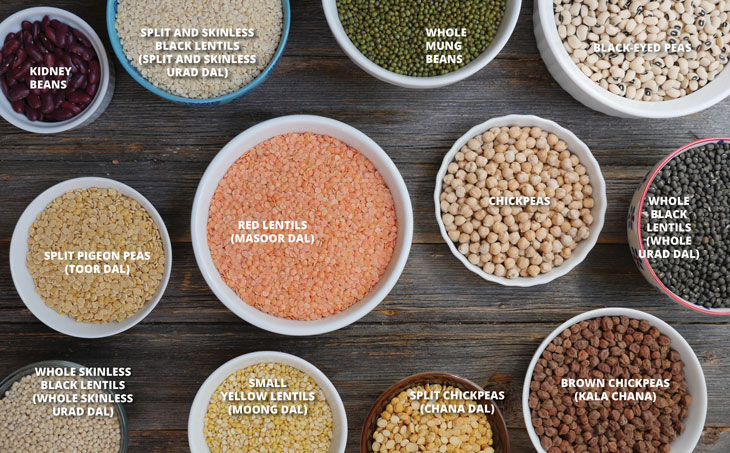
Welcome to another Indian Cooking 101 Class (read about my Indian Cooking 101 series here). I am your “professor” Ashley Singh Thomas (I use the title “professor” very loosely here, heh). Today’s post is about the different types of legumes used in Indian cooking (scroll down to see large photos of each type of dal).
Before we get started, please know these are just some of the legumes used in Indian cooking. I’ll update this post as I continue to add recipes to my blog, calling for different legumes.
What is the difference between legumes, pulses, lentils, beans?
Everything I just mentioned falls under the legume family. Pulses are dried seeds (which include dried lentils and dried beans). So everything you see in this post is considered a pulse, and all pulses are considered legumes (but not all legumes are pulses… that’s not really important right now but just FYI).
This is just extra information that I’m sharing with you because I know there have to be a few of you wondering. No one uses the word pulse in real life though (right?), so feel free to forget this information as I doubt you’ll need it in the “real world.”
What is Dal?
Dal has two meanings.
- Dal translates to lentil.
- Dal is also a lentil-based dish.
Let’s use dal in a sentence! So, I might say to my husband, “Roby dear, can you pick up some dal from the Indian grocery store after work so that I can make you dal for dinner tonight?”
Typically I’d be more specific and would ask him to pick up a particular type of dal (like masoor or chana dal). Basically, you need dal (lentil) to make dal (lentil soup).
While you can make a dal out of any pulse, typically, the word “dal” only shows up in the name of a pulse if it is a split lentil. For example, chana dal = split chickpeas, whereas if I am referring to whole chickpeas, I would say chana or chole. I would not say I am making chole dal.
One more interesting thing to know about legumes used in Indian cooking is that the same legume can be used in several different ways: whole, split, with the “skin” on and with the “skin” off. A good example of this are the last three photos of legumes in this blog post, which all actually come from the same black legume: whole black lentils (whole urad dal), whole skinless black lentils (whole skinless urad dal), split and skinless black lentils (split and skinless urad dal).
All you really need to know:
I don’t want to be one of those professors who bombards you with material that isn’t ever going to show up on an exam. Let’s prepare you for your real-life legume exam – you know, the one you’ll be taking as you cruise through the aisles at your local Indian grocery store.
The ONLY thing you need to take away from this “lesson” is what these legumes look like so that when you go to the store, you can figure out what to buy. And the good thing is that these days a lot of packaging has the English name of the legume listed.
Okay before we get to it I have to plug my book – I have several different types of dal recipes in my cookbook which is available here: Indian Food Under Pressure (apparently I am also one of those professors who uses her own book in class and refers to it often…) 😂
Black-Eyed Peas
Other Names: Lobia, Cow Pea, Chawli, Raungi
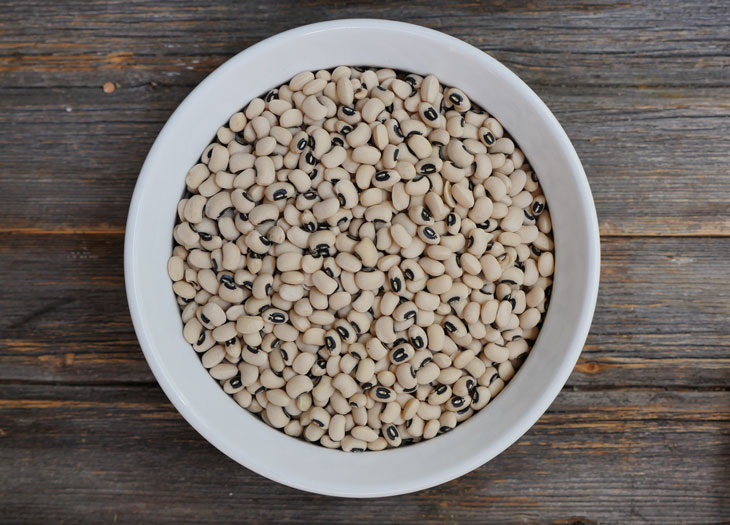
Recipes that call for Black-Eyed Peas:
Chickpeas
Other Names: Garbanzo Beans, Kabuli Chana, Safed Chana, Chana, Chitte Chole, Chole
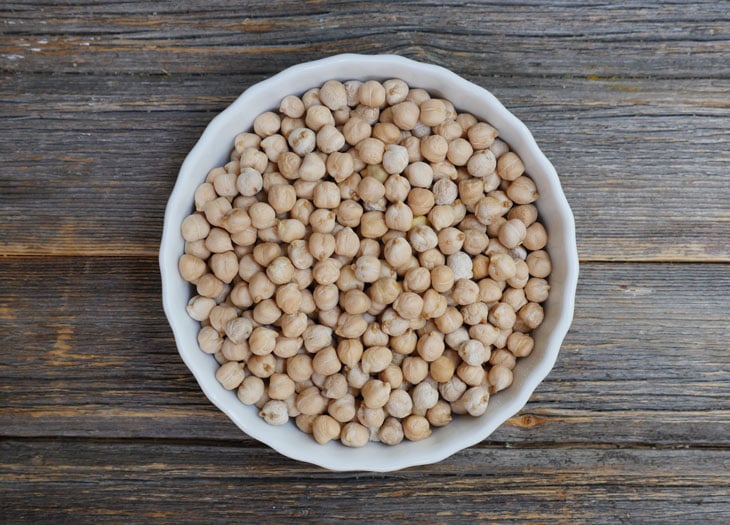
Recipes that call for Chickpeas:
Brown Chickpeas (Kala Chana)
Other Names: Bengal Gram, Desi Chickpeas
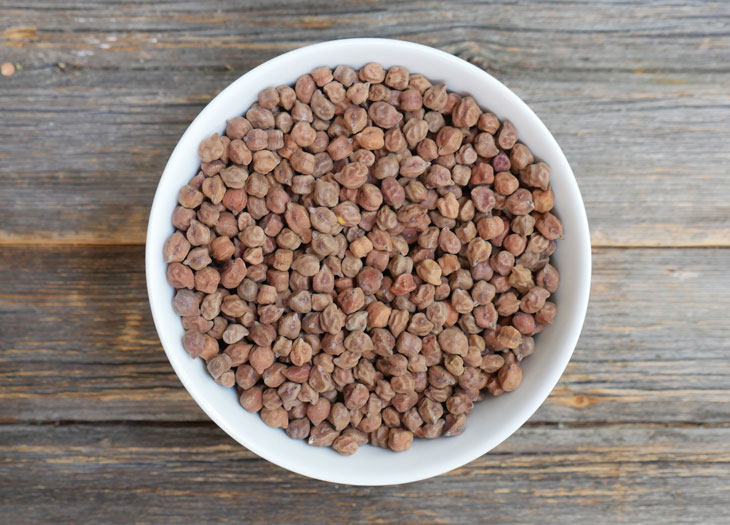
These brown chickpeas are more nutty in flavor than garbanzo beans.
Recipes that call for Brown Chickpeas:
Split Chickpeas (Chana Dal)
Other Names: Split Bengal Gram, Split Desi Chickpeas
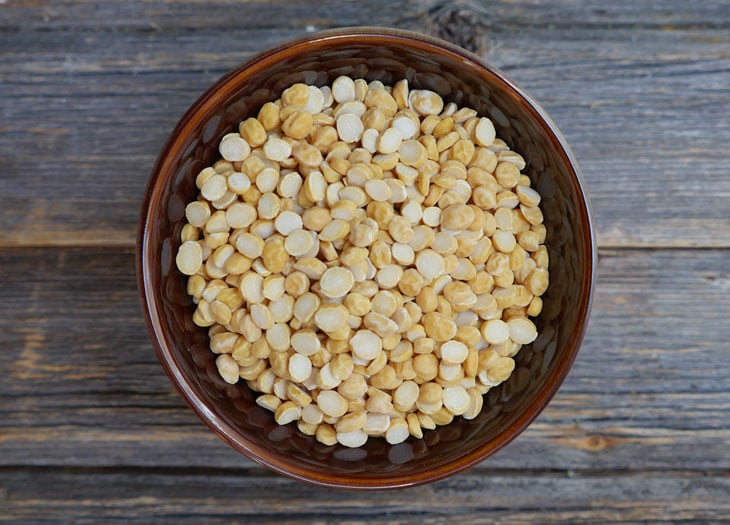
When you split and skin brown chickpeas (the photo above this one), you get chana dal. This yellow lentil is what’s inside brown chickpeas (kala chana). Besan, known as chickpea flour, is made using chana dal, whereas chickpea flour in American grocery stores is made using garbanzo beans.
Recipes that call for Split Chickpeas/Chana Dal:
Recipes that call for Besan (Chana Dal Flour):
Whole Mung Beans
Other Names: Green Gram, Sabut Moong, Green Moong
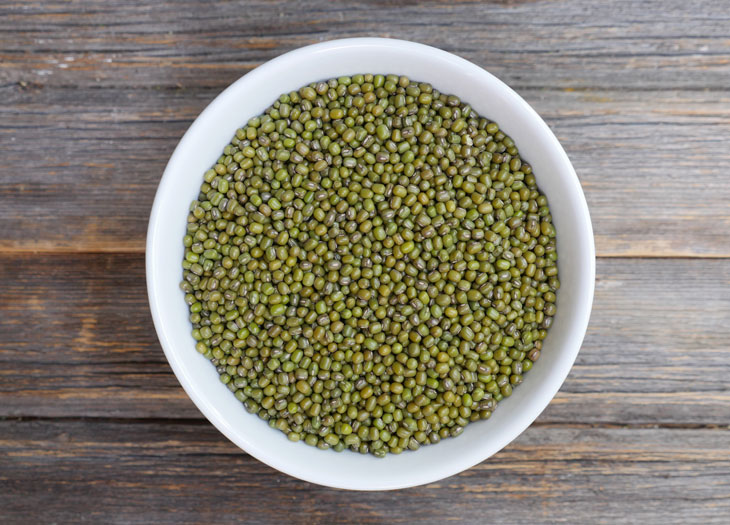
Recipes that call for Whole Mung Beans:
Small Yellow Lentils (Moong Dal)
Other names = yellow split mung beans
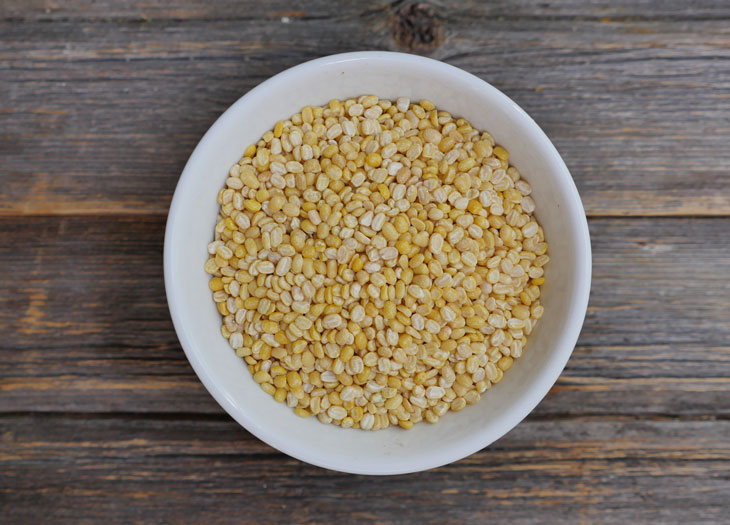
When you split a whole mung bean (the green lentil photo above this one), you get moong dal. This tiny yellow lentil is what’s inside whole moong (green lentil).
Recipes that call for Small Yellow Lentils/Moong Dal:
Split Pigeon Peas (Toor Dal)
Other names = tuvar, arhar
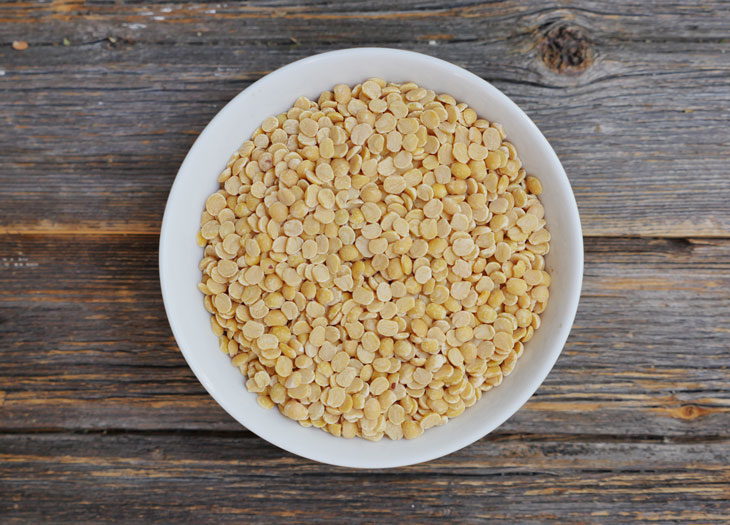
Recipes that call for Split Pigeon Peas/Toor Dal:
Kidney Beans
Other Names: Rajma
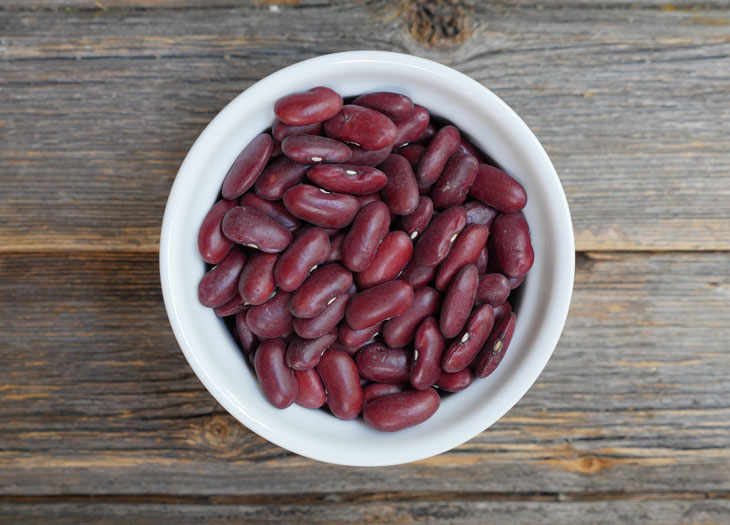
Recipes that call for Kidney Beans:
- Rajma
- American Chili (not Indian)
Red Lentils (Masoor Dal)
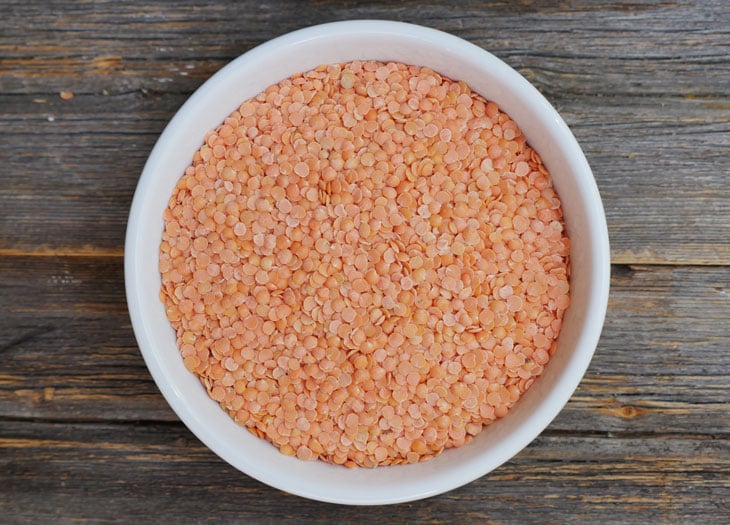
Recipes that call for Masoor Dal:
Whole Black Lentils (Whole Urad Dal)
Other Names: Black Gram, Maa ki Dal
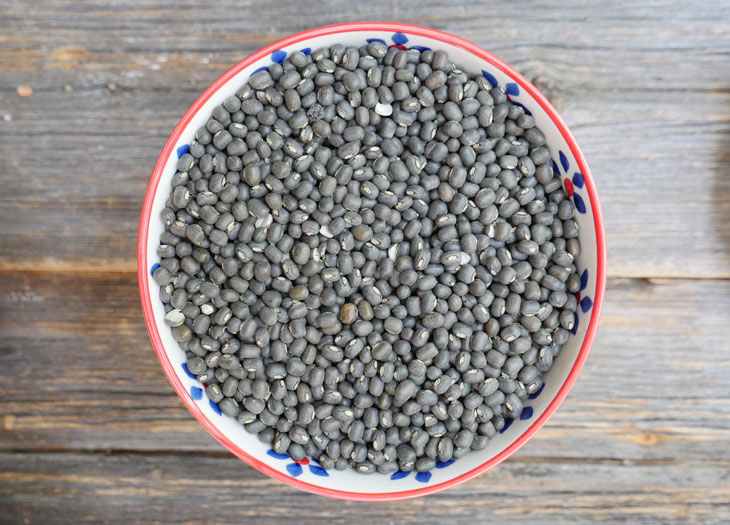
Recipes that call for Whole Black Lentils (Whole Urad Dal):
Whole Skinless Black Lentils (Whole Skinless Urad Dal)
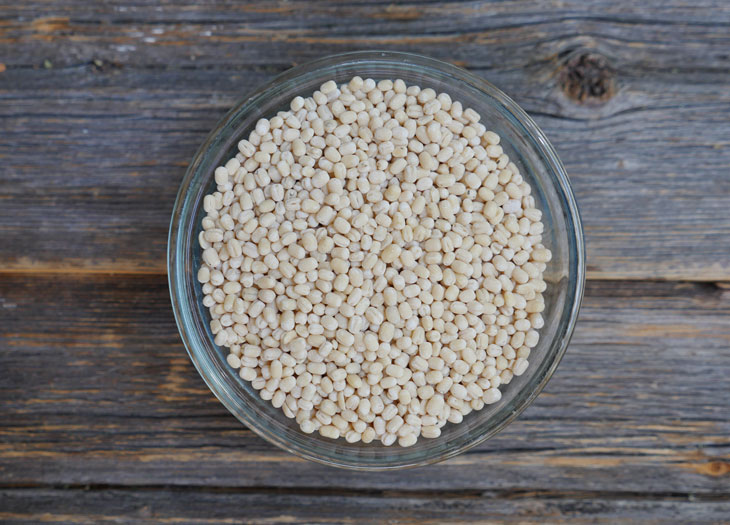
Recipes that call for Whole Skinless Black Lentils (Whole Skinless Urad Dal):
Split and Skinless Black Lentils (Split and Skinless Urad Dal)
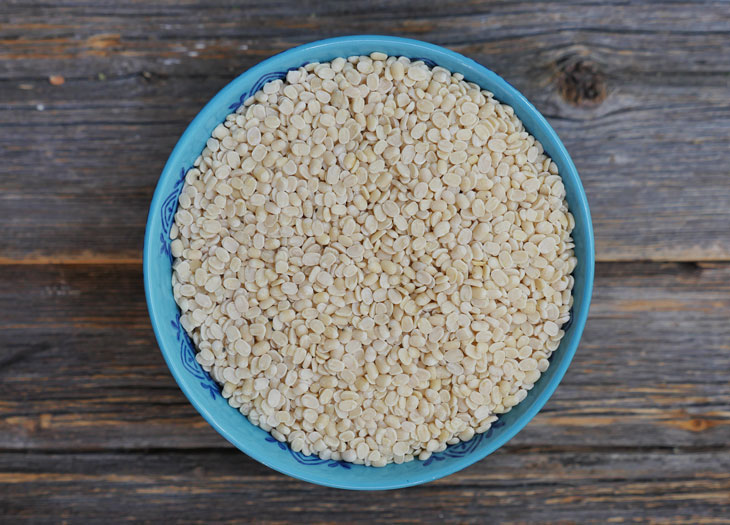

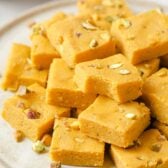

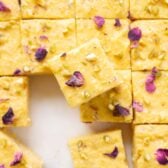
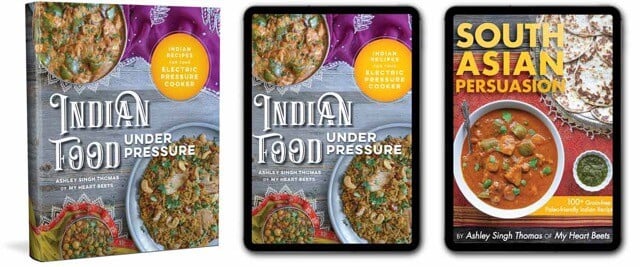

C says
Most dals aren’t lentils. Lentils refer to the seeds of the species Vicia lens. Chickpeas, mung beans, and many other beans are not lentils, but if split they are dals. All lentils can be dals, but not all dals are lentils.
Rakesh Godara says
A big thank you for making things so clear and simple. You explained so nicely. Look like you have done good homework. I am sure this post is a one stop solution for lentils,legumes, beans and ofcourse DAL.
Ashley - My Heart Beets says
Thanks Rakesh!
Gord says
My first visit to this site it looks just what i want to make India food. I have tried many before with lots of disappointment’s let’s hope this sit works it looks very interesting.
Ashley - My Heart Beets says
I hope you love the recipes you try!